LG V40 ThinQ vs. Samsung Galaxy S9+: Which should you buy?
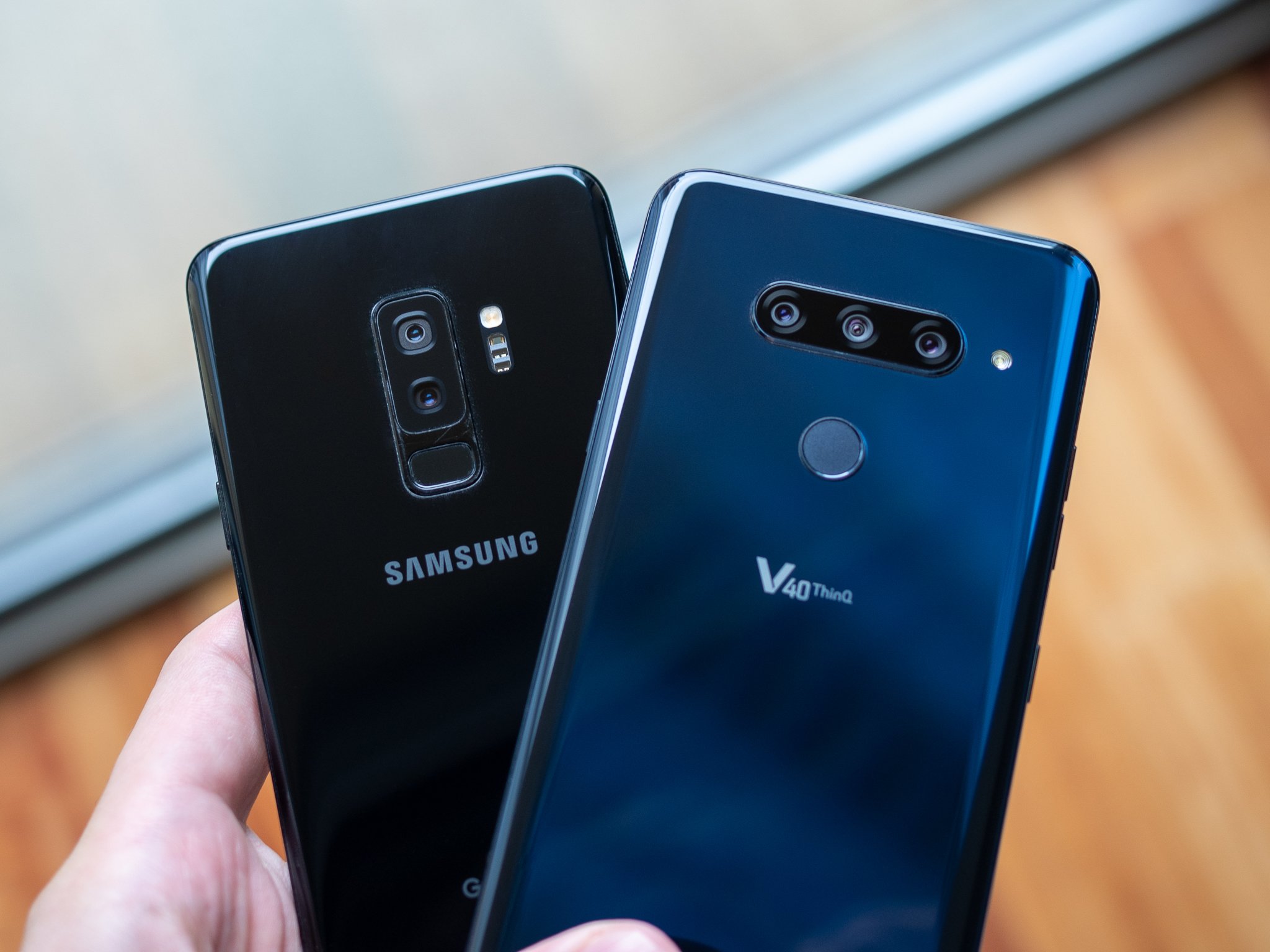
LG V40 ThinQ
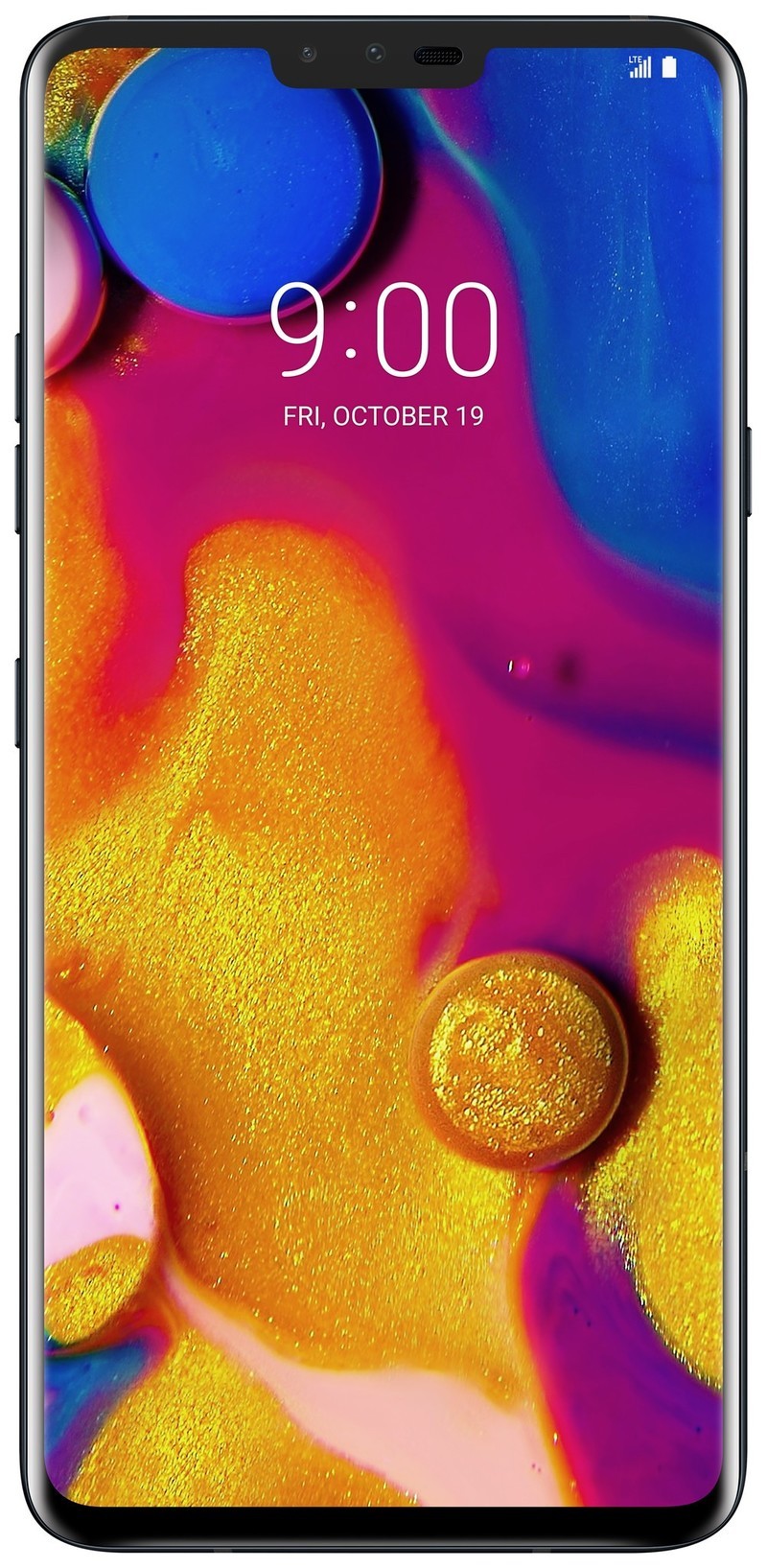
LG has made a great all-around capable flagship phone, hitting all of the big points with no real downsides. The V40 has all of the latest specs and features, plus an intriguing five-camera array and huge OLED screen. The only potential worrying point is the proportionately small 3300mAh battery.
LG V40 ThinQ
All-arounder
Samsung Galaxy S9+
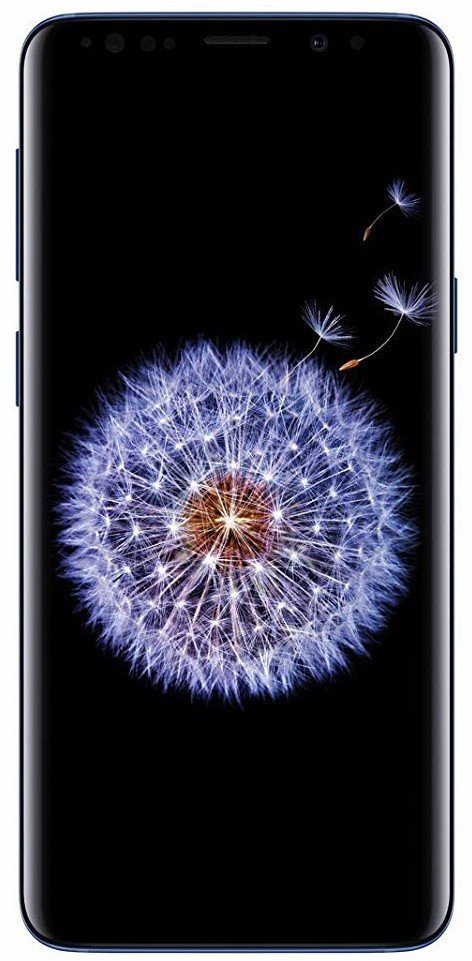
The Galaxy S9+ is the flagship phone all Androids are measured by. It consistently outsells the competition for a reason: it has everything people want, with few caveats. Build quality, performance, specs and features are all here, plus a fantastic camera and well-known brand to wrap it all together.
Samsung Galaxy S9+
The standard
The two South Korean phone makers have arrived at very similar conclusions with their latest flagships. The V40 and Galaxy S9+ are nearly identical in so many areas, choosing between them comes down to just a handful of points — and most of all, personal preferences.
Which phone is right for you?
In the hardware, specs and core features of the smartphone experience, you get basically the same package from either the V40 or Galaxy S9+. They're near-identical in physical dimensions, and sport the same metal-and-glass construction. Both have good speakers, water resistance, a convenient fingerprint sensor, headphone jack, SD card slot, wireless charging and a huge display.
| Category | LG V40 ThinQ | Samsung Galaxy S9+ |
|---|---|---|
| Operating system | Android 8.1 Oreo | Android 8.0 Oreo Samsung Experience 9.0 |
| Display | 6.4-inch OLED, 3120x1440 (19.5:9) | 6.2-inch AMOLED, 2960x1440 (18.5:9) |
| Processor | Qualcomm Snapdragon 845 | Qualcomm Snapdragon 845 |
| RAM | 6GB | 6GB |
| Storage | 64GB | 64/128/256GB |
| Expandable | MicroSD | MicroSD |
| Rear camera 1 | 12MP, OIS, f/1.5, 78-degree lens, PDAF | 12MP, OIS, f/1.5 or f/2.4 |
| Rear camera 2 | 16MP, f/1.9, 107-degree lens | 12MP, OIS, f/2.4 |
| Rear camera 3 | 12MP, f/2.4, 45-degree lens, 2X zoom | n/a |
| Front camera 1 | 8MP, f/1.9, 80-degree lens Fixed focus | 8MP, f/1.7 Auto focus |
| Front camera 2 | 5MP, f/2.2, 90-degree lens Fixed focus | n/a |
| Audio | BoomBox speaker 3.5mm headphone jack 32-bit Quad DAC | Stereo speakers 3.5mm headphone jack |
| Battery | 3300mAh Non-removable | 3500mAh Non-removable |
| Charging | Quick Charge 3.0 Fast wireless charging | Quick Charge 2.0 Fast wireless charging |
| Water resistance | IP68 | IP68 |
| Security | Fingerprint sensor | Fingerprint sensor Iris scanning |
| Dimensions | 158.8 x 75.7 x 7.6 mm 169 g | 158.1 x 73.8 x 8.5 mm 189 g |
Even the areas where these phones differ are merely small differences in implementation or personal preference, which means choosing between these phones comes down to the finer points.
They go toe-to-toe in every respect — the differentiation comes in the minute details.
Both phones have great, high-resolution OLED screens — Samsung's is simply a little better. Both have solid, but unspectacular battery life, though the Galaxy S9+ battery is 10% larger. You can argue Samsung's main camera is better, but LG offers more variety with its wide-angle camera and dual front-facing shooters. The V40 can charge faster thanks to Quick Charge 3.0 tech, but the jump over the GS9+'s Quick Charge 2.0 isn't necessarily perceptible. The V40 has a higher quality DAC for headphone listening, but you may not even notice or know what a DAC is in the first place.
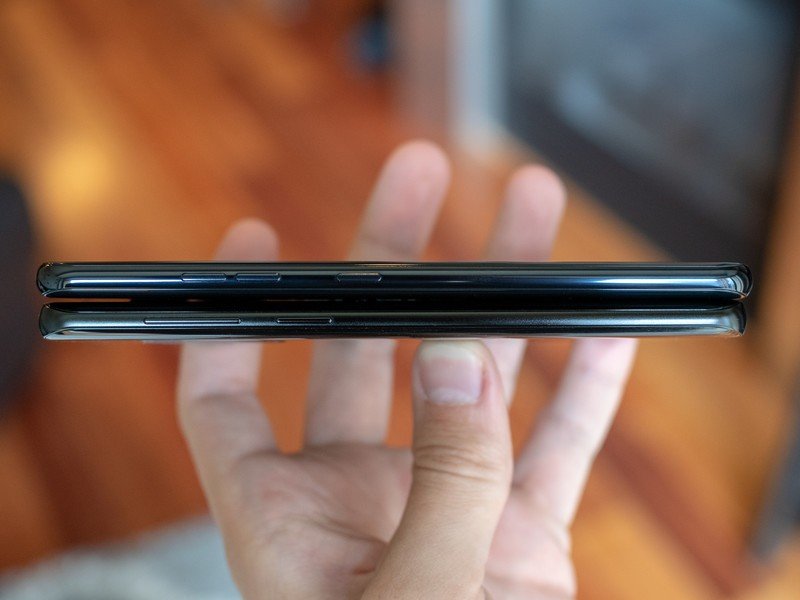
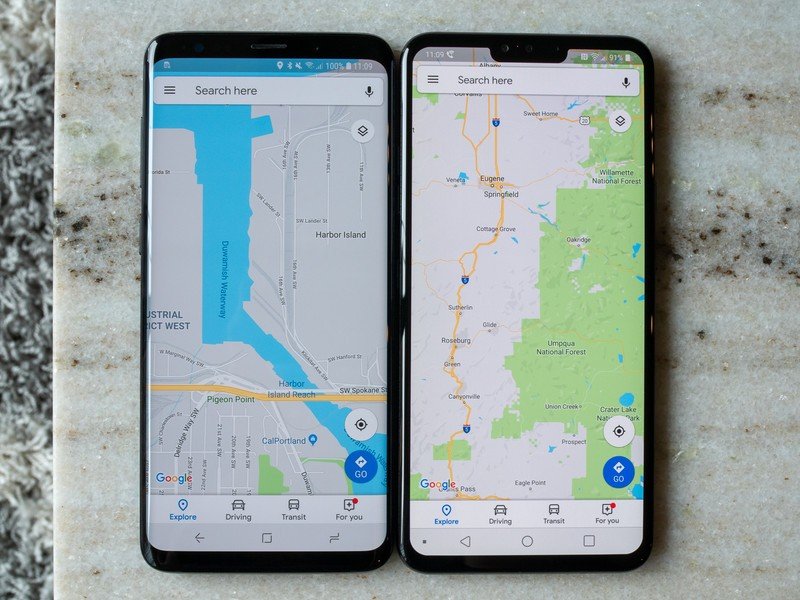
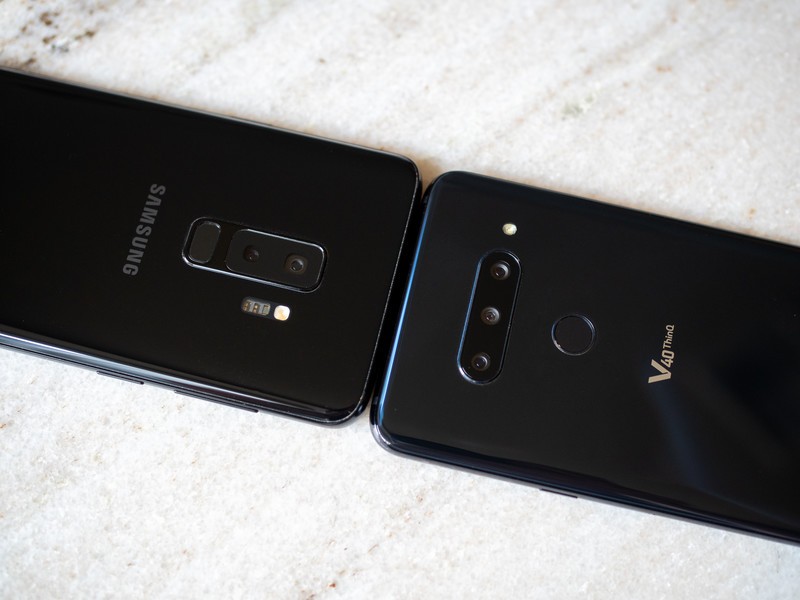
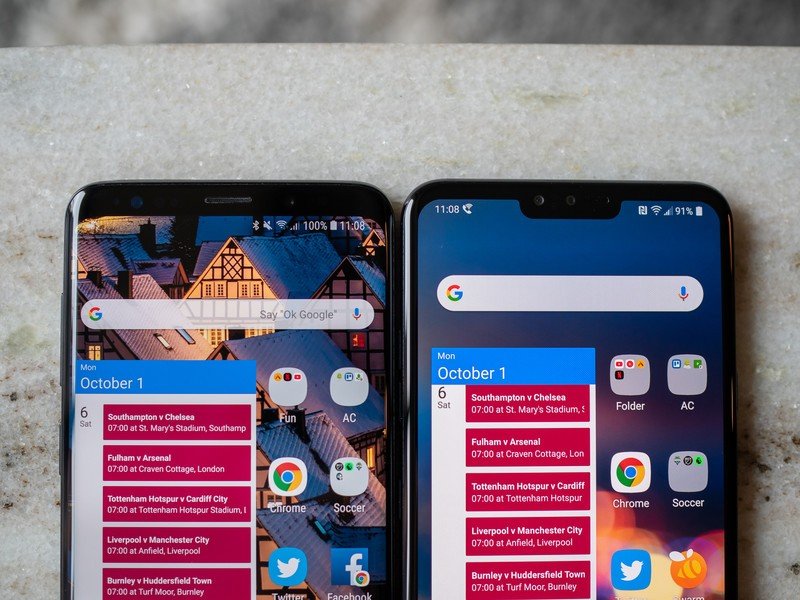
These phones have the hardware and specs to be an Android phone you'll love to use every day.
Really, both of these phones have the hardware and specs to be an Android phone you'll love to use every day. There are a few differences to take note of in the software department, though. If you haven't use an LG phone in a few years, it's worth resetting your expectations with the V40. LG has cleaned up and simplified its experience to the point where it's generally less cluttered and cumbersome than Samsung's take on Android — and that is, of course, a good thing. The V40 still has its quirks, but you can turn off its most-annoying features and don't have to grapple with tons of duplicate apps and bloat. The Galaxy S9+ is infinitely customizable, but the number of features and options can be daunting if you're just looking for something simple.
Get the latest news from Android Central, your trusted companion in the world of Android
Finally, you have to look at the price. With the Galaxy S9+ being several months old, it's regularly available around $750-800. The new V40 starts at $900, and U.S. carriers have it for as high as $980. Depending on where you go it'll be about a $150 premium to pick up the V40 — that may be a tough sell for you considering just how similar these phones are.

A great all-around phone with very few shortcomings, and a fun camera combination.
LG made an amazing flagship phone, and did so by simply following Samsung's lead. The V40 is effectively a Galaxy S9+, with a few tweaks to make the camera experience a bit more rewarding and the software a bit less annoying. It goes toe-to-toe with the GS9+, and in a few ways bests Samsung's latest.

The benchmark Android phone that does it all, and looks great doing it.
It's hard to argue with Samsung's formula. The hardware is beautiful, well-built, and filled with top-end specs and features. The GS9+ has an industry-leading display, fantastic camera and every feature a phone buyer wants. The software just requires some massaging to work the way you need it to.

Andrew was an Executive Editor, U.S. at Android Central between 2012 and 2020.
